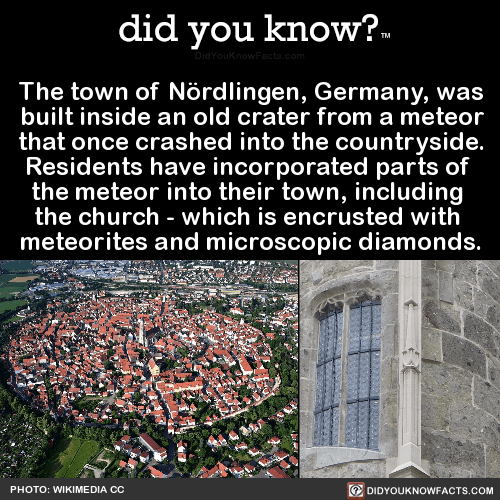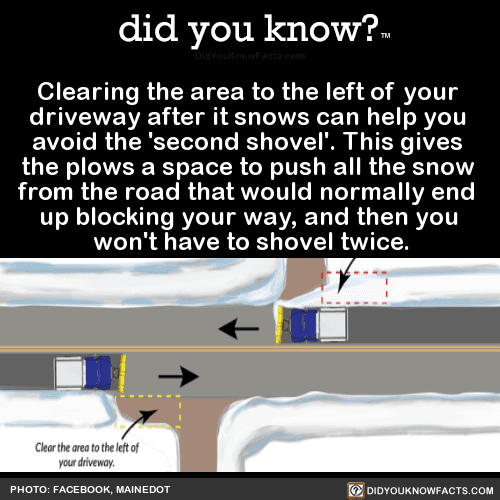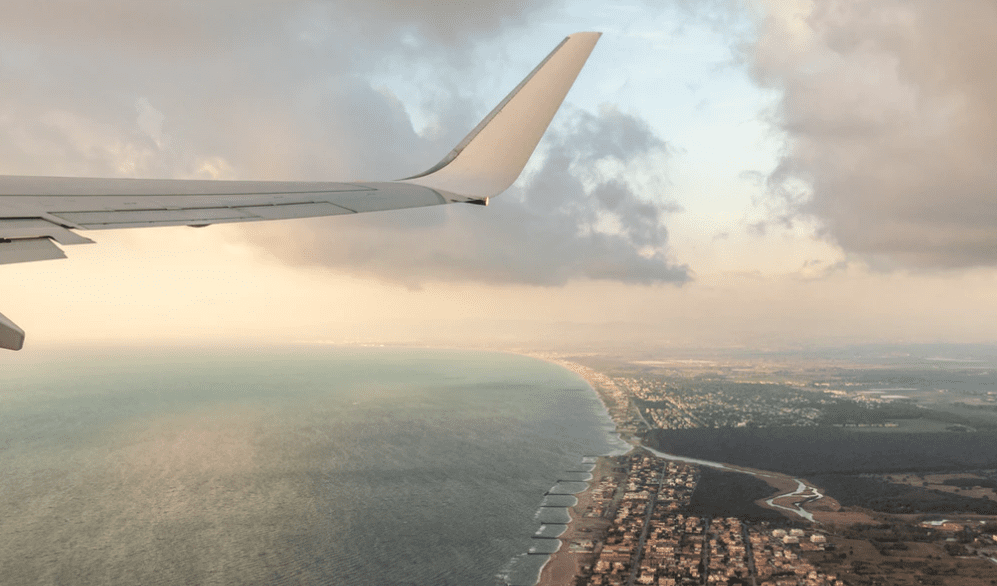Caroline Crouchley, a 13-year-old student of Garden City Middle School, is proposing a better, safer hyperloop train, building on an idea pushed by Elon Musk in 2012.
Currently, tech companies are working to get a hyperloop functioning in India, hoping to transport people between Mumbai and Pune in only half an hour. A trip like this would normally take many hours by car.
Companies developing hyperloop transportation are using designs that put people into pods that move inside low-pressure tubes. The hope is that with resistance removed, pods will be able to go very, very fast. In fact, they’re being tested running 700 miles per hour.
Crouchley’s design would not move that fast, but her system is still twice as fast as trains in use now.
Her solution involves pneumatic tubes constructed to run alongside train tracks – and according to the young inventor, it should be less expensive to build and operate than the conventional hyperloop technology. It’ll also be safer, which is a major selling point for a mass transit technology.
She told CNN, “My design can rely on 100% renewable energy, so it eliminates the need for a diesel engine or an electric motor, which makes the train lighter, so it can move faster.”
Crouchley’s innovative idea made her a finalist in the 2019 3M Young Scientist Challenge.
Congratulations to GCMS eight-grader Caroline Crouchley for winning 2nd place in the 3M Young Scientist Challenge, one of the nation’s most prestigious competitions! Caroline was recently featured on CBS This Morning https://t.co/d0ih23YUcY pic.twitter.com/3HlPwpJMAU
— Garden City SD (@GCUFSD) November 1, 2019
The major challenge with hyperloops, which put pods inside a partial vacuum tube, is the potential for collapse – if the tube breaks, the pods aren’t going to survive. But with Crouchley’s design, the train is operating outside of the tube, eliminating that danger and also making use of existing infrastructure and equipment.
It’ll work like this: a magnetic shuttle system will operate inside the pneumatic tubes. More magnets will attach the train to the shuttle, allowing the shuttle to act like the train’s engine.
How does she envision her idea moving forward? She told Fast Company, “My plans are to open-source my project to teams of engineers, scientists, and universities such as MIT and Harvard to solve the complex mathematical equations and physics required to make the idea a reality.”
GOOD WORK
13 yr old Caroline Crouchley’s design (Young Scientist Challenge) builds on Elon Musk’s idea but uses it to move existing trains—not move just a few people in a pod https://t.co/cW0It43i6D #hyperloop #elonmusk #tesla #inmuskwetrust #falcon #hyperlooppodcompetition pic.twitter.com/Vpn1AIGPw8
— Energy House (@EnergyHouseVA) October 28, 2019
Hyperloop has many critics who say it will never be practical to use, but Crouchley sees her solution as an intermediary design that has viability in the near future.
At any rate, technology usually starts with the big picture question. It’s the little steps that make the answer reality.
The post A 13-Year-Old Developed a Better Hyperloop for Moving Trains appeared first on UberFacts.


 #perugia #italy
#perugia #italy #chocolate #festival #chocolatefestival #umbria #wonderful #icecream #churros #nutella#eurochocolate #minimetro #jam #perugiachocolate #eurochocolateperugia#fontana #fontanamaggiore #sanlorenzocathedral #palazzodeipriori
#chocolate #festival #chocolatefestival #umbria #wonderful #icecream #churros #nutella#eurochocolate #minimetro #jam #perugiachocolate #eurochocolateperugia#fontana #fontanamaggiore #sanlorenzocathedral #palazzodeipriori


 カレーステーション ナイアガラ #TimeOutTokyo
カレーステーション ナイアガラ #TimeOutTokyo


 . The most fun at HEP 5 in Umeda with my cousin Rio (@sethandrio) ありがとう
. The most fun at HEP 5 in Umeda with my cousin Rio (@sethandrio) ありがとう . #purikura #purikuraphoto #purikurastyle #hep5 #umeda #osaka #kawaii #japan #japantravel #travelblogger #hapa #hafu #selca
. #purikura #purikuraphoto #purikurastyle #hep5 #umeda #osaka #kawaii #japan #japantravel #travelblogger #hapa #hafu #selca : Afuri 라면편
: Afuri 라면편
 . . . . #japan #tokyo #subway #tokyosubway #metro #tokyometro #train #rushour #emptytrain #pace #none #empty #clean #minimal
. . . . #japan #tokyo #subway #tokyosubway #metro #tokyometro #train #rushour #emptytrain #pace #none #empty #clean #minimal

















